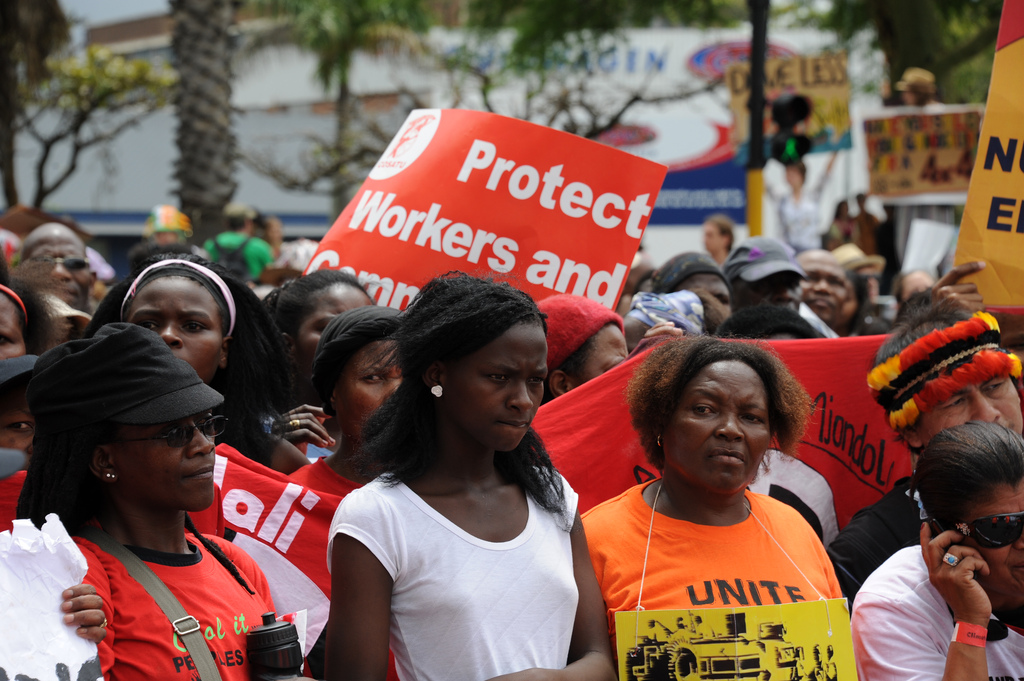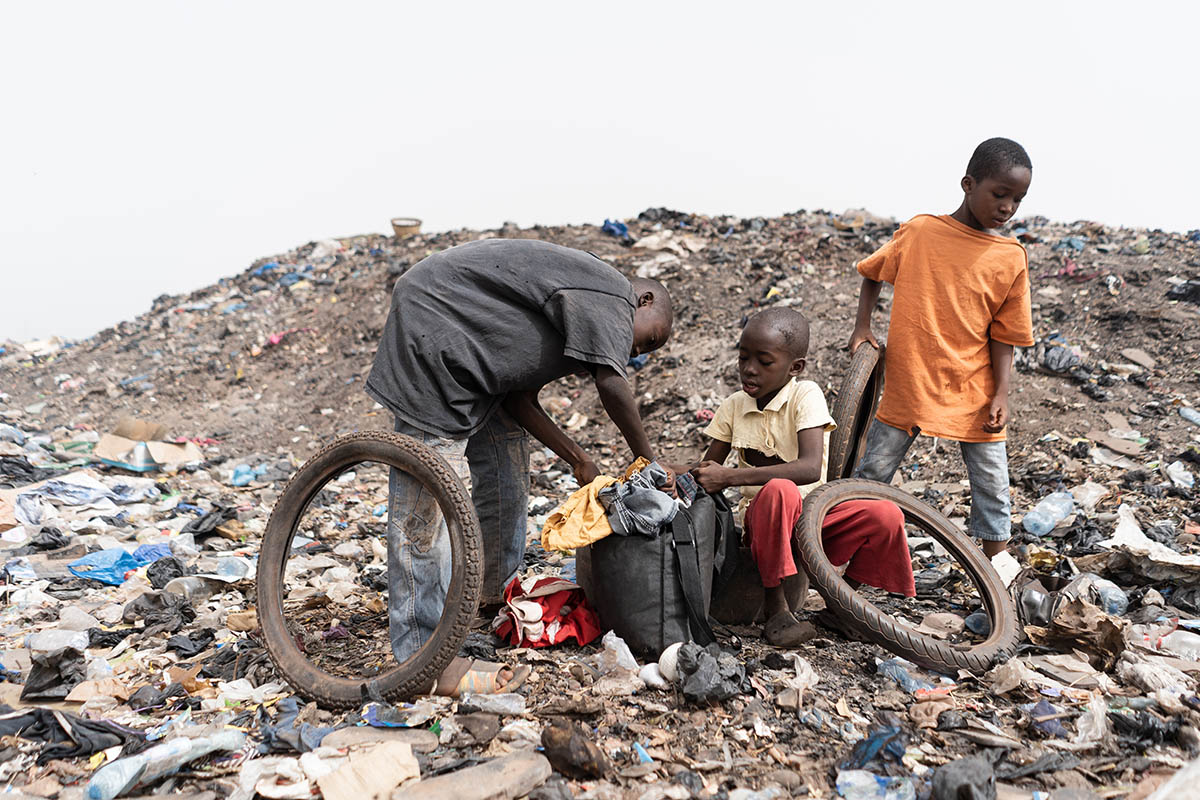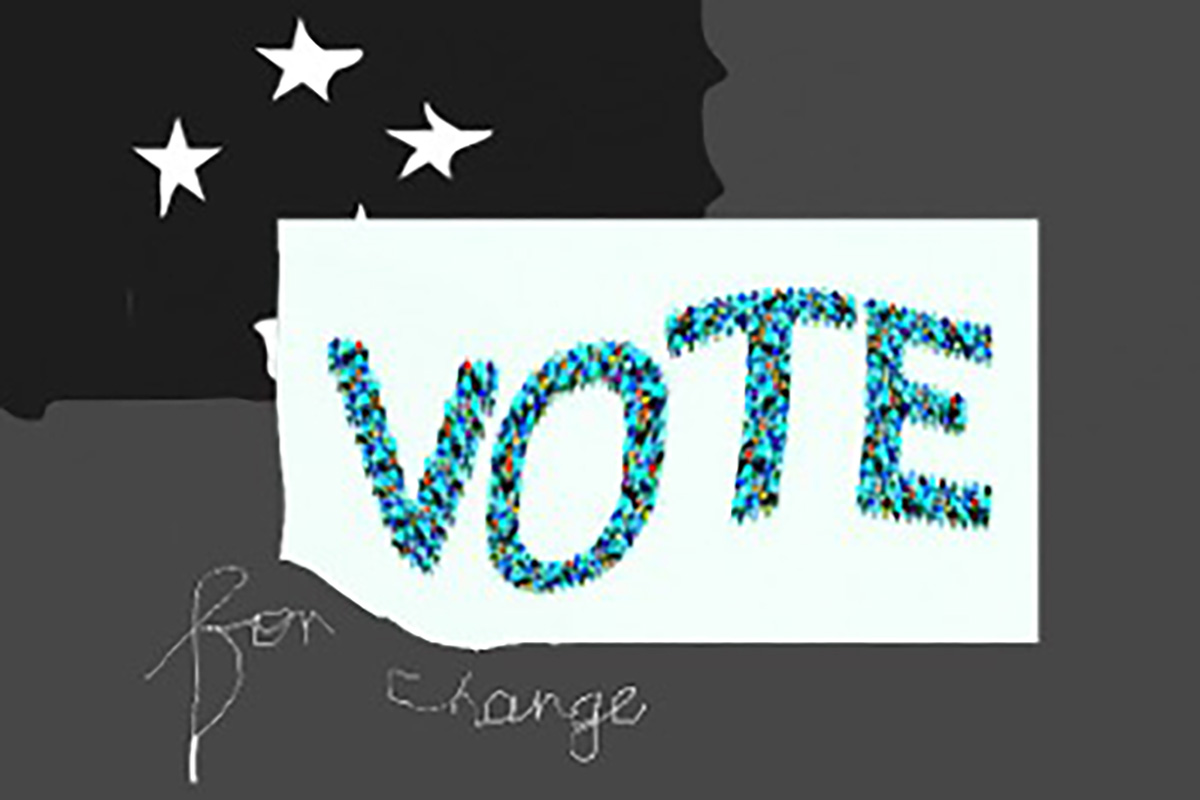“Gender equality and climate change”
November 10 Climate change affects entire populations, but Renice Bostic, 24, a Correspondent from Christ Church in Barbados, says that addressing the impact on women must be part of the conversation.
Climate change affects entire populations, but Renice Bostic, 24, a Correspondent from Christ Church in Barbados, says that addressing the impact on women must be part of the conversation.
Mary Robinson said that “climate change is the greatest human rights issue of the 21st century”.
Indeed, the manifestations of climate change are likely to threaten the human rights to life, health, water, adequate food and housing.
We’ve seen the slow progress in multilateral negotiations under the United Nations Framework Convention on Climate Change (UNFCCC). As frustrations rise, commentators call for a human rights approach to climate change. They claim that international human rights law is potentially well placed to compel states to increase ambition to reduce greenhouse gas emissions, and highlight the human and equity dimensions of climate change.
I must admit that when I first thought of climate change, I thought of an environmental issue, not necessarily a human rights challenge. I am sure I am not alone in this.
I’ve come to realise that the links between climate change, human rights, economic stability, peace, security and poverty are deeply intertwined. While I understand the “human rights approach” argument, perhaps it is time to go further and advocate a gender-responsive human rights approach to climate change. Yes, it sounds complicated, but I’ll explain what I mean.
Just five years ago, UNFCCC Parties agreed to fully respect human rights in all climate change-related actions. Furthermore, the United Nations Office of the High Commissioner for Human Rights (OHCHR) called for the 2015 climate agreement to include human rights protection for all. Thus, there is increasing rhetoric linking climate change to human rights.
In the 21st century, gender inequality is still of grave concern in both developed and developing countries, although it manifests in different ways. The Convention on the Elimination of Discrimination Against Women was adopted to protect women from being excluded based on their sex. Addressing climate change on the basis of equity calls for an overlap with human and women’s rights policies. The UNFCCC’s Cancun Agreements recognised the need for a gender-sensitive approach to adaptation, for gender considerations when developing and implementing national strategies on climate mitigation and consideration for gender aspects related to capacity building.
The 2015 climate agreement to be adopted in Paris in December should make reference to incorporating human rights principles in addition to a gender-responsive approach. This is because human rights integration does not automatically mean the protection of women’s rights. Due to their normative development based on the Western male, human rights are often perceived to be hyper-masculine and to exclude indigenous non-Western cultures and concerns. Therefore, the agreement should ensure equal levels of participation in all aspects of the UNFCCC processes. It should explicitly affirm the rights of access to information, full and effective participation and access to justice.
One criticism is that focusing on the protection of women’s rights can have the counter-effect of causing discrimination against men. However, I argue that women’s rights must be addressed since they are the ones disadvantaged, but the aim is to emphasize gender equality. The position of women should be recognised and utilised. Women are not only vulnerable to climate change, but they are also effective agents of change for mitigation. Furthermore, as stewards of natural and household resources, women are well positioned to contribute to adaptation efforts.
Human rights standards and principles can be used as criteria for measuring effectiveness of these mechanisms. For example, ensuring that women have equal access to information, opportunities to make decisions and to participate in multilateral negotiations can be used to evaluate community preparedness and resilience. Second, it can help the UNFCCC meet the needs of individuals already vulnerable and marginalised, who may be overlooked in state-to-state relations. For example, Reducing Emissions from Deforestation and Forest Degradation (REDD+) activities can negatively affect the rights of women in rural areas and indigenous peoples who live in and manage forests. Ensuring that indigenous women are able to participate in REDD+ negotiations can generate community-favourable ideas on upholding women’s rights to ensure gender equality.
Climate change is expected to contribute to many human wrongs. However, “every human wrong is not a human right”.[1]The human rights problem only occurs if climate change jeopardizes specific human rights. As human rights advocates are currently pressing their case for a human rights approach to climate change, within that agenda we must ensure that women’s rights do not get overshadowed and undermined.
Reach me on Twitter @ruhniece
[1] John Knox, ’Climate Change and Human Rights Law’ (2009) 50.1 Virginia Journal of International Law 163, 165.
photo credit: DSC_0969 via photopin (license)
…………………………………………………………………………………………………………………
About me: In 2005, I began working with humanitarian organizations and soon developed a passion for voluntary work. Several years and NGOs later, I am pursuing a career in international development, which lead me to pursue an LLM in International Law and Sustainable Development.
Prior to this, I worked as a journalist at The Barbados Advocate, with a B.A in Communication Studies and International Relations. When I’m not conducting research, I am performing (dance), writing, and travelling.
…………………………………………………………………………………………………………………
Opinions expressed in this article are those of the author and do not necessarily represent the views of the Commonwealth Youth Programme. Articles are published in a spirit of dialogue, respect and understanding. If you disagree, why not submit a response?
To learn more about becoming a Commonwealth Correspondent please visit: http://www.yourcommonwealth.org/submit-articles/commonwealthcorrespondents/
…………………………………………………………………………………………………………………




